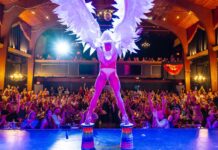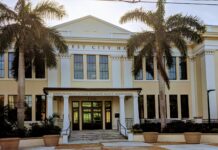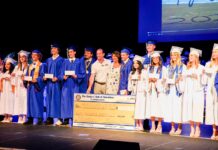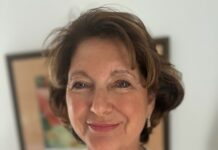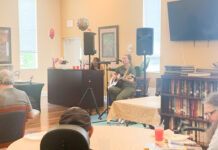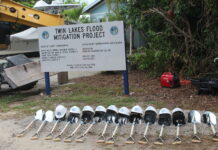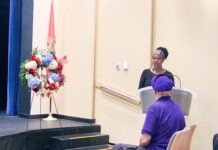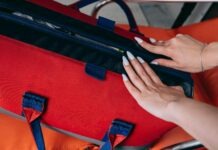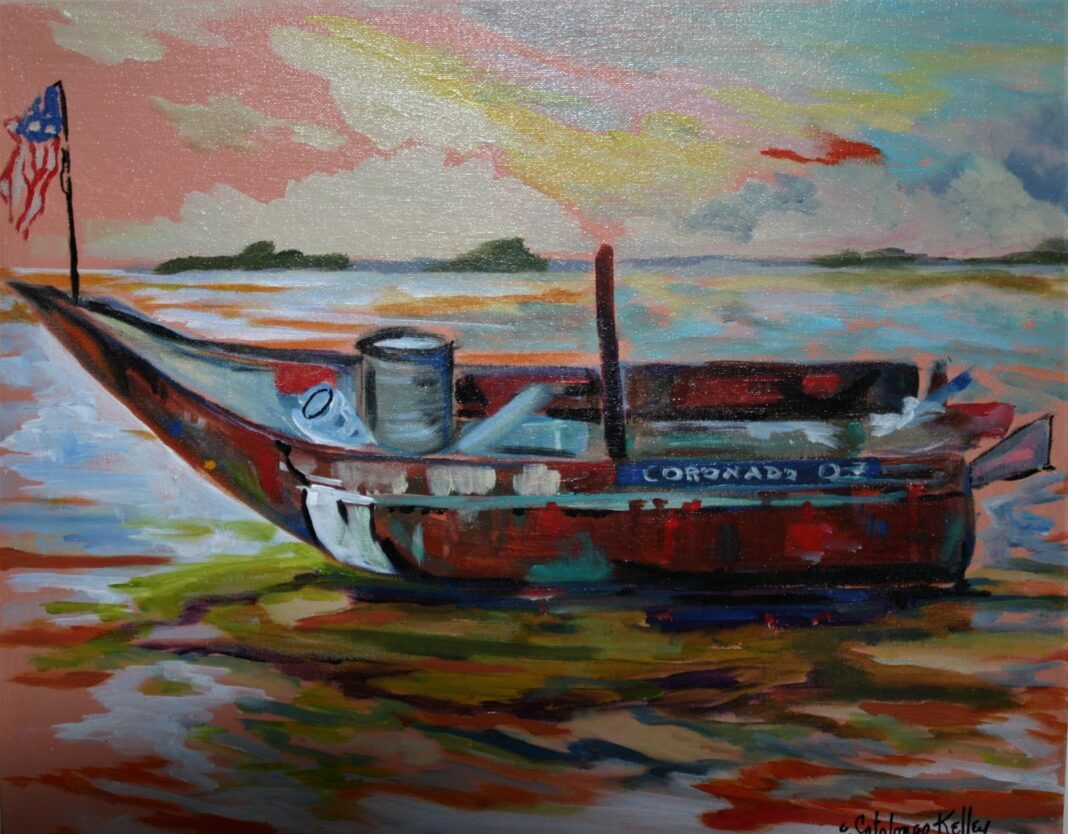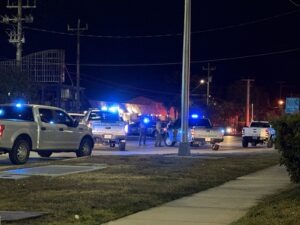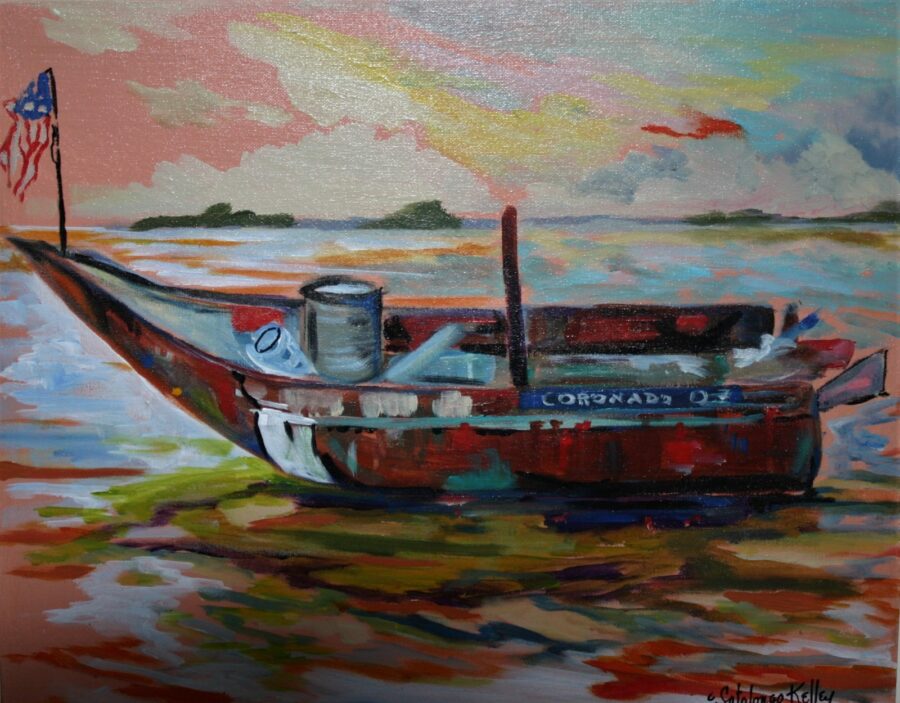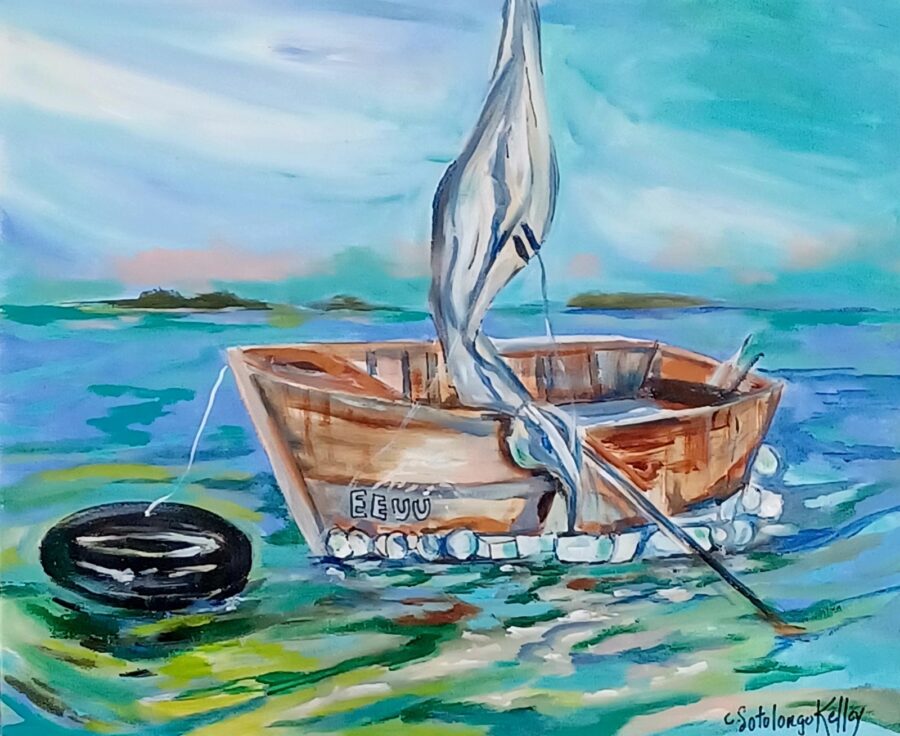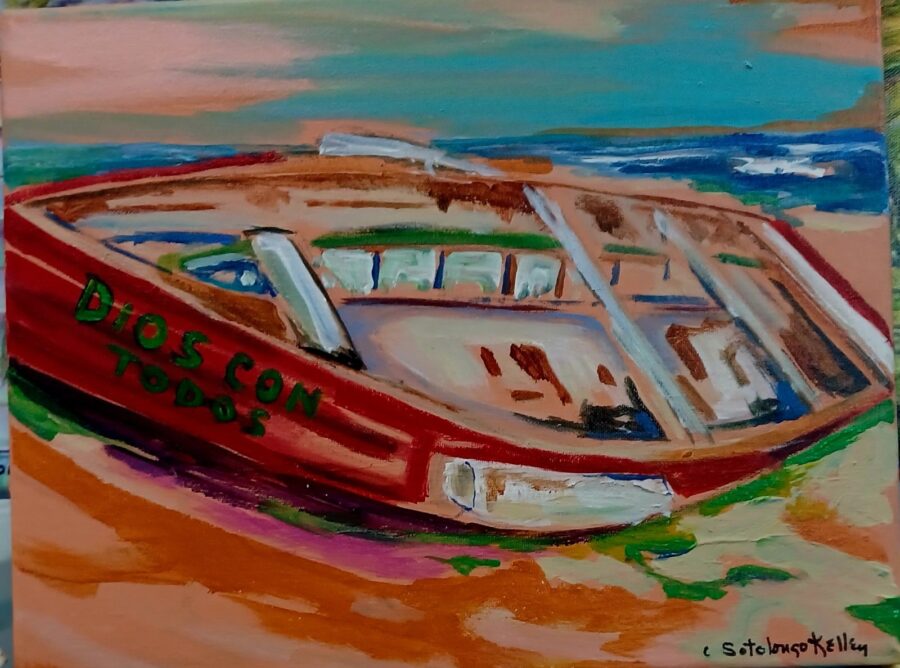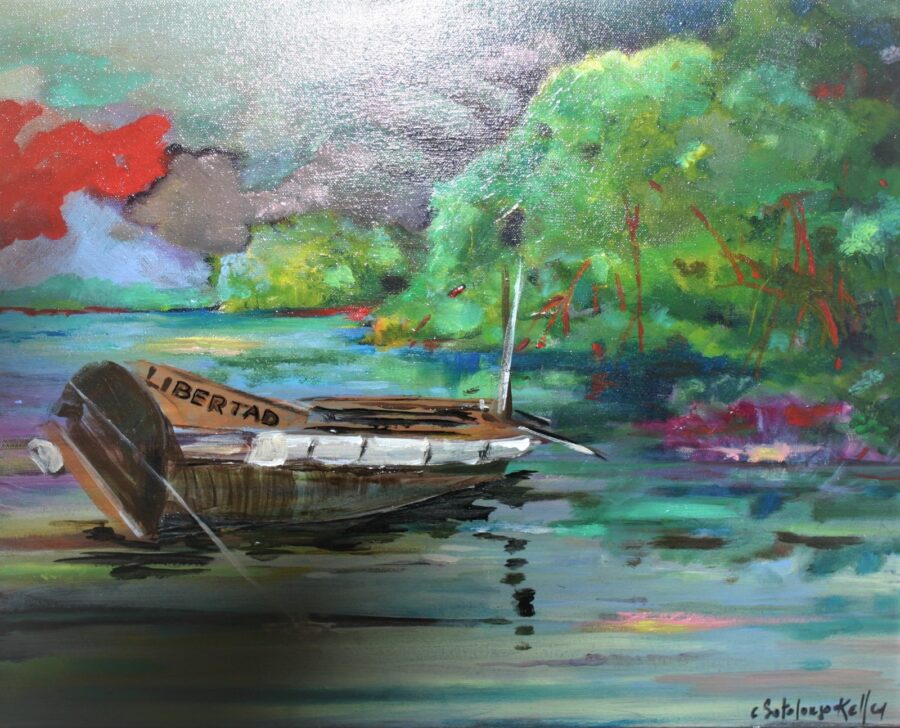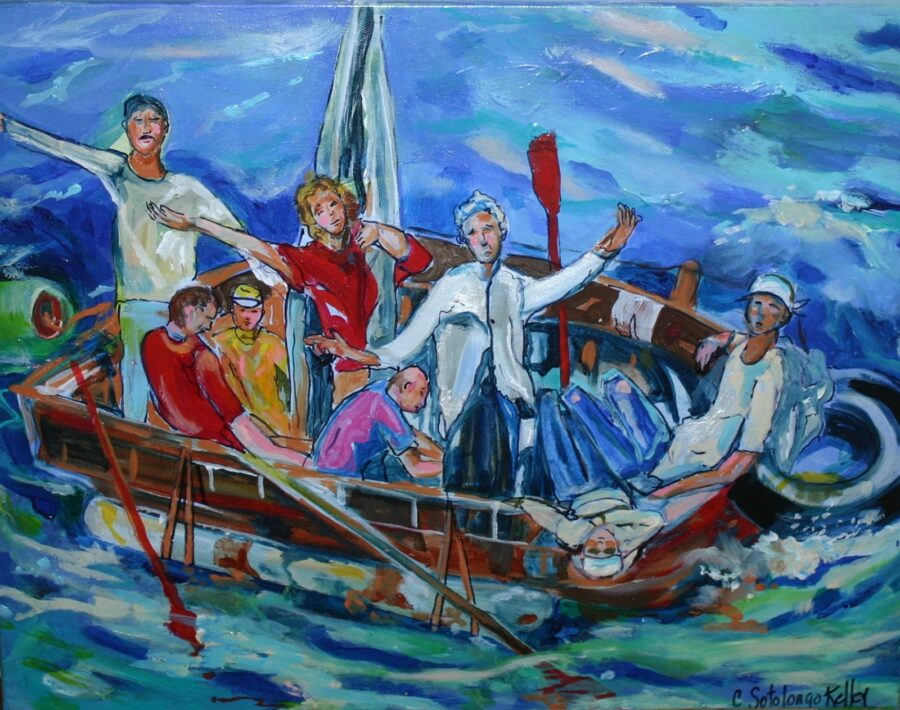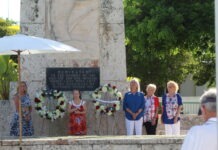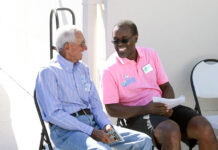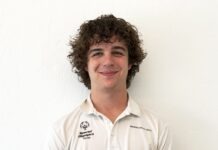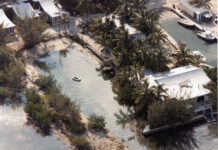Art has a way of reflecting the environment in which it was conceived. French artist Jacques-Louis David painted the political turmoil of France. Chinese concept artist Ai Weiwei calls attention to human rights violations. English graffiti artist Banksy creates art that explores political and social commentary.
In the Florida Keys, we often feel removed from the aforementioned things. We paint palm trees and sea turtles, not the political turmoil of France. We do have our own issues, though — issues that no amount of fish paintings can cover up.
The Keys face an ongoing migrant issue. There have been thousands of migrants arriving in the Keys from Cuba and Haiti in the last year alone. With so many migrants fleeing their home and arriving here, it is easy to forget that they are people. One artist who wants to visually educate the viewer and depict the desperation these refugees feel to put everything at risk is Carmen Sotolongo Kelley.

A local artist who has earned degrees in social science, art and marine biology, she taught in all three subjects for over 33 years. She is retired from teaching and is running Key Largo Art Gallery. When meeting Kelley, the first thing that you notice is her energy, knowledge and deep passion for art.
I had the chance to speak with her and learn about her collection, “Balseros — Searching for Peace.” The balseros paintings showcase migrants and their freedom rafts. “I hope it makes people pause and understand how hopeless the rafters’ lives must be leaving their homes, family, friends, pets and their entire life behind. Imagine if you had to do that,” she said.
In the Keys, artists tend to paint paradise. Here, Kelley paints the hard and complicated parts of life. She wants us to see the migrants as people. That’s because of our location. Just 90 miles south of Key West, in the Caribbean and in the central and south American countries, the oppressed population is starving with no hope that their plight will change.
“I want the viewer to be disturbed and realize how fragile the rafters’ lives must be,” Kelley said.
Art reflects culture and society. The balseros series showcases how people risk their lives and how the government has gone years without any immigration reform. Kelley said the U.S. has forgotten how to compromise.
“It seems all parties believe in ‘my way or no way,’ hence we have gone years without any immigration reform. The thousands of ‘illegals’ in our country today are not even allowed to hold jobs and earn an income, and many of them are highly educated. Our society could be so much more productive,” she said. “The majority of these folks are not looking for handouts; they want to work and be productive; they survive as under-the-table, low paid cash labor. If they try to become legal, they are deported. People risk their lives fleeing their home countries that show little signs of improvement, which have them starving and seeing fleeing as their only hope.”
“I consider myself very fortunate,” Kelley said. “Briefly, both my parents earned doctor’s degrees; my father a pediatrician and mother a Ph.D. from what once was considered one of the best universities in the world in the University of Havana. They escaped Cuba in 1961, shortly after the Bay of Pigs Invasion. As a 6- and 7-year-old, a few of my memories are very vivid. I remember hiding under my father’s aviary stand from soldiers who entered my home to force him to assist the wounded from the failed invasion. I remember a soldier grabbing my baby doll and ripping her head off as we were in line to board a ferry leaving for Venezuela in October of 1961. I remember saying goodbye to my dog, Lucero, and the apple someone gave me on the voyage — the only food I had in three days. I remember waving to President Kennedy from his motorcade from my hotel balcony window near the U.S. Embassy in Caracas.
“As the exodus from Cuba begins its fourth generation, I only hope the people depicted in my art are given the same opportunities my parents’ generation received when they arrived in the United States,” she continued.
People can view and purchase the balseros paintings at the Cuban Museum, San Carlos, in Key West. The display will be placed upstairs where they have the balsero presentational artifacts. To see more of Kelley’s art, visit her gallery — the Key Largo Art Gallery — at MM 103.2, bayside.


